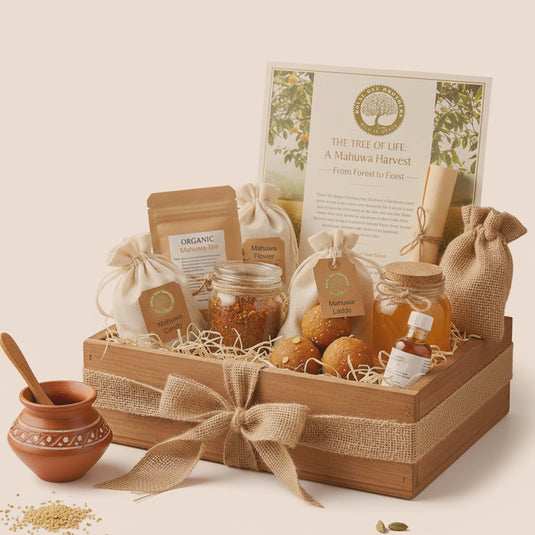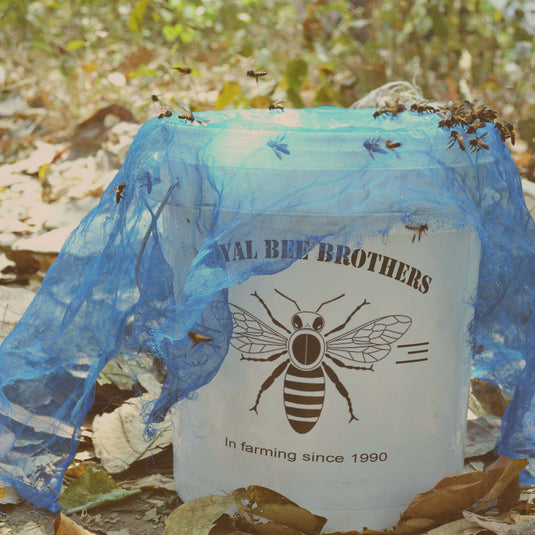Honey hunting is the practice of harvesting honey from wild honeybee colonies located in natural habitats such as forests, cliffs, and rock crevices. This traditional practice has been around for thousands of years and is still being practiced in many parts of the world today. The honey hunting process involves a series of steps, each of which requires skill and expertise. In this article, we will discuss the various steps involved in honey hunting.
The first step in honey hunting is locating the beehive. This requires a thorough knowledge of the habitat of the honeybees. Honeybees are known to build their hives in places that are protected from the elements and predators. In most cases, the hives are located high up in trees or on cliffs, making them difficult to reach. Honey hunters use various techniques to locate the beehives, including listening for the buzzing sound of the bees and observing the direction in which the bees fly.
Once the beehive is located, the honey hunter prepares for the hunt by donning protective clothing. This usually consists of a full-body suit, gloves, and a veil to protect the face. The honey hunter also carries a smoking pot and a harvesting basket. The smoking pot is used to calm the bees and make them less aggressive.
The next step in the honey hunting process is smoking the bees. The honey hunter blows smoke into the hive using the smoking pot. This smoke calms the bees and makes them less likely to sting. The honey hunter waits for a few minutes to allow the smoke to take effect before proceeding to the next step.
The honey hunter then uses a long stick to gently pry open the hive. The honeycomb is then removed from the hive using a harvesting basket. The honey hunter must be careful not to damage the honeycomb or disturb the bees too much. The honey hunter repeats this process until all the honeycombs are removed from the hive.
After harvesting the honeycomb from the tree, honey hunters typically take the honeycomb back to their village or home to process it further.
The first step is usually to remove the beeswax from the honeycomb. This can be done using a knife or heated blade to cut off the wax caps that the bees use to seal the honey in the comb. Once the wax caps are removed, the honey can be extracted from the comb.
There are several methods for extracting honey from honeycomb, including crushing the comb and straining the honey through a filter, or using a honey extractor, which spins the comb to separate the honey from the wax.
Once the honey is extracted, it may be filtered again to remove any remaining wax or debris, and then bottled or stored for later use. The wax can also be collected and used for other purposes, such as making candles or cosmetics.
In addition to processing the honeycomb, honey hunters may also take steps to preserve the health of the bee colony, such as by leaving enough honey in the hive for the bees to survive the winter or by building new hives to encourage colony growth.
The first step in honey hunting is locating the beehive. This requires a thorough knowledge of the habitat of the honeybees. Honeybees are known to build their hives in places that are protected from the elements and predators. In most cases, the hives are located high up in trees or on cliffs, making them difficult to reach. Honey hunters use various techniques to locate the beehives, including listening for the buzzing sound of the bees and observing the direction in which the bees fly.
Once the beehive is located, the honey hunter prepares for the hunt by donning protective clothing. This usually consists of a full-body suit, gloves, and a veil to protect the face. The honey hunter also carries a smoking pot and a harvesting basket. The smoking pot is used to calm the bees and make them less aggressive.
The next step in the honey hunting process is smoking the bees. The honey hunter blows smoke into the hive using the smoking pot. This smoke calms the bees and makes them less likely to sting. The honey hunter waits for a few minutes to allow the smoke to take effect before proceeding to the next step.
The honey hunter then uses a long stick to gently pry open the hive. The honeycomb is then removed from the hive using a harvesting basket. The honey hunter must be careful not to damage the honeycomb or disturb the bees too much. The honey hunter repeats this process until all the honeycombs are removed from the hive.
After harvesting the honeycomb from the tree, honey hunters typically take the honeycomb back to their village or home to process it further.
The first step is usually to remove the beeswax from the honeycomb. This can be done using a knife or heated blade to cut off the wax caps that the bees use to seal the honey in the comb. Once the wax caps are removed, the honey can be extracted from the comb.
There are several methods for extracting honey from honeycomb, including crushing the comb and straining the honey through a filter, or using a honey extractor, which spins the comb to separate the honey from the wax.
Once the honey is extracted, it may be filtered again to remove any remaining wax or debris, and then bottled or stored for later use. The wax can also be collected and used for other purposes, such as making candles or cosmetics.
In addition to processing the honeycomb, honey hunters may also take steps to preserve the health of the bee colony, such as by leaving enough honey in the hive for the bees to survive the winter or by building new hives to encourage colony growth.


